(Listen to the radio version here.)
Every morning I go outside, make a specific whistle, and put peanuts into my platform feeders and sometimes on a tree stump. My local Blue Jays and American Crows 1 quickly learned to associate me and that whistle with one of their favorite foods.
During nesting season, a parent often turns up for a quick, nutritious breakfast within a minute of my whistling. If a jay is already in my yard, it usually grabs the peanut while I’m still very close.
My crows sit in a nearby tree making eye contact. They definitely recognize me, but wait until I’m further away, often all the way inside the house, before they fly down to grab a peanut.
Crows and jays appreciate those snacks even after their chicks fledge, but at that point the parents’ behavior changes. Birds must educate their young to recognize danger and what things to avoid in the same way that, when Walter and I bake bread or pies together, he must step back from the oven while I put our creation in or take it out. Hot ovens are dangerous!
To birds, we humans are even more dangerous than hot ovens. But in the same way that I know that in the fullness of time, Walter will learn how to safely deal with that part of baking, corvids apparently figure that their chicks will eventually sort out exceptions to the “Humans are dangerous!” rule and figure out how to deal with different individuals. Meanwhile, the parents keep their young away from us altogether.
In 2020, I had two different pairs of Blue Jays that came to me for peanuts. I never tried to lure them to my hand—I’d set the peanuts down and step back, often pulling up my camera. After they got used to my photographing them at the feeder, I started taking photos of them when they flew in before I set the peanuts on the feeder. I started out clicking just once or twice before setting out the food, and as they grew tolerant of that, I took more and more of these natural looking photos, my models knowing we had a contract and I was good for payment. This continued during the entire time their eggs and then young were in the nest.
But when fledglings started following them to the yard, the adult jays led their chicks to more distant trees the moment I went outside, and then returned to grab peanuts to feed the babies at a distance from me. I managed to get a few photos of the young birds, but always high in a tree, usually in the yard next door to or behind mine, never at nearly as close range as I could photograph their parents.
That August as Blue Jays started passing through on migration, sometimes jays flew in instantly after I whistled, but I could never be certain whether they were my adults, their more observant offspring, adults who had been in my neighborhood in previous years, or strangers passing through who knew a soft touch when they saw one. After young are grown and adults have molted in late summer, Blue Jays all look pretty much the same.
This year, a pair of crows has been coming in for peanuts almost every morning. For months, they’d wait for me atop the pipes holding up my suet feeder, sometimes awkwardly leaning down to take a bite of suet or, even more awkwardly, grabbing onto the feeder itself, which swung wildly, its chain not designed to hold steady for such hefty birds. (Crows may not look much bigger than Pileated Woodpeckers but can weigh almost twice as much.) When I go out, they fly to nearby branches to wait until I go back inside. The moment the door clicks, down they come.
Now the whole family often appears together. On those days, the moment the door opens, even before the parents have a view of me from the side yard, they fly off, leading the babies somewhere entirely out of my view. Only then do the adults come back to take peanuts. They’re hardly being selfish—I quickly hear their young noisily getting fed without a clue that I’m the one who provided that delicious meal. The parents only bring the young to the feeder to eat peanuts if I stay indoors, and I must be very sneaky to get photos through the window.
My beloved BB the banded Pileated Woodpecker has brought at least two fledglings to my backyard in the past week, usually just once and never more than twice a day. I presume most of the time he’s taking them to places where he can teach them to find and extract grubs and carpenter ants the old-fashioned way—from the first time I saw one of his fledglings, she was pecking appropriately at the bark on my old trees.
I couldn’t get photos of him feeding her at first, but I don’t think he was teaching her to avoid me—she just happened to be in trees where leaves obscured my view. But on July 14, when she was sitting in full view of me in the box elder next to my home office window, with me leaning way out the window, I got a 30-second recording of her insistently but quietly begging, and when BB flew in, I got a bazillion photos of him feeding her. He had to have been able to see and hear me just 15 feet away.
I don’t think Pileated Woodpeckers are any less protective of their offspring than crows or jays, but BB doesn’t seem to mind his young’uns noticing that at least one paparazzo is part of the landscape. I feel very honored.
Try as we may, we parents and grandparents, human and avian, can’t protect our little ones from every danger the world presents. But most of us sure do try our best.
I don’t always remember to link to them, but all my species pages (such as my Blue Jay page) show and link to all my own photos, recordings, and pertinent podcast episodes in my archives regarding that species, along with other useful information. My daughter set up that database long ago so that all my new stuff seamlessly gets entered without my even thinking about it.




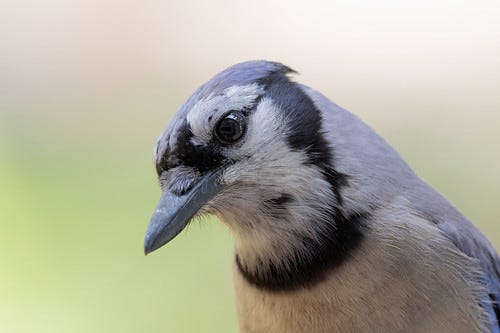

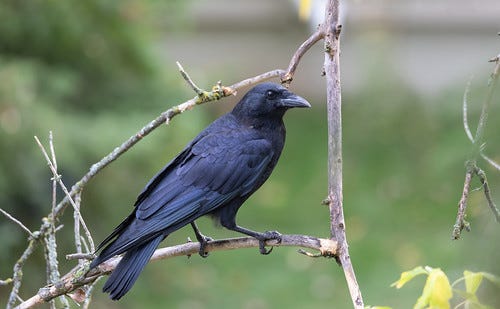

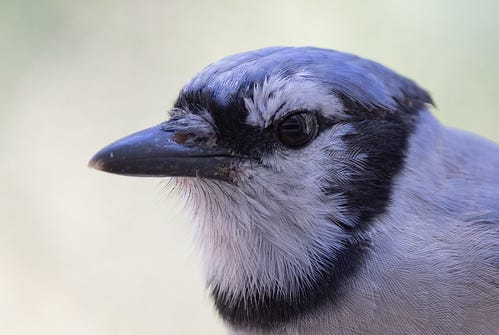


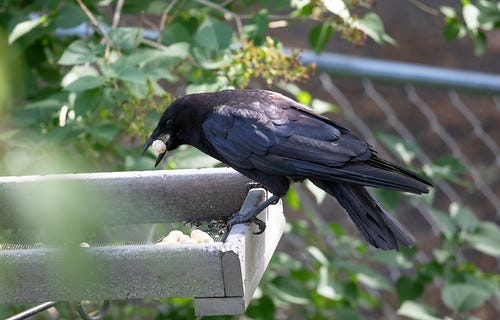
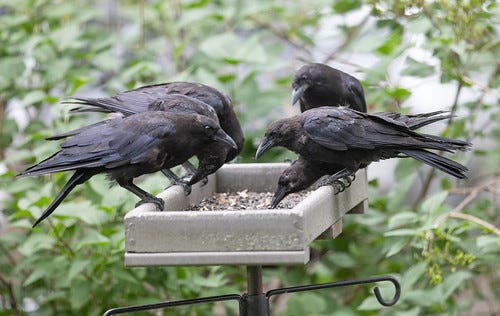
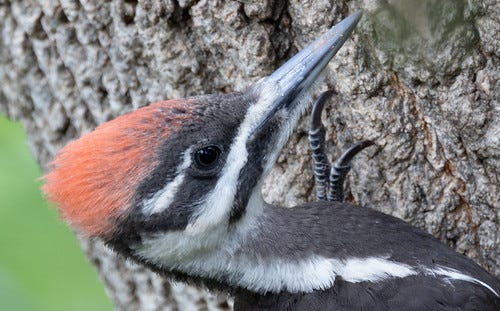
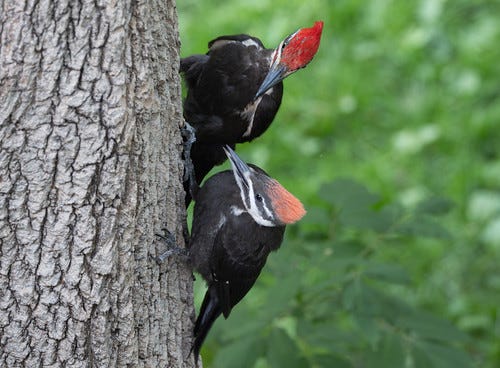
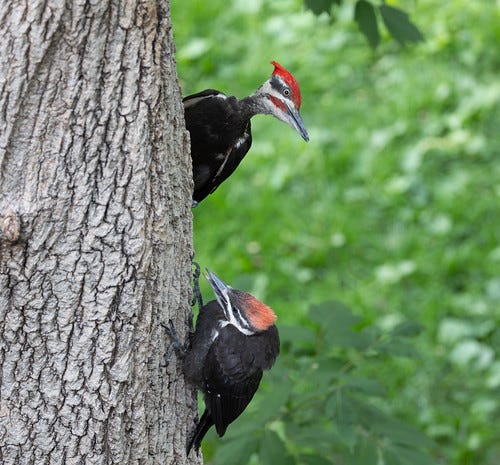
Your blog posts are wonderful! How special to see the fledgling Pileated Woodpeckers!